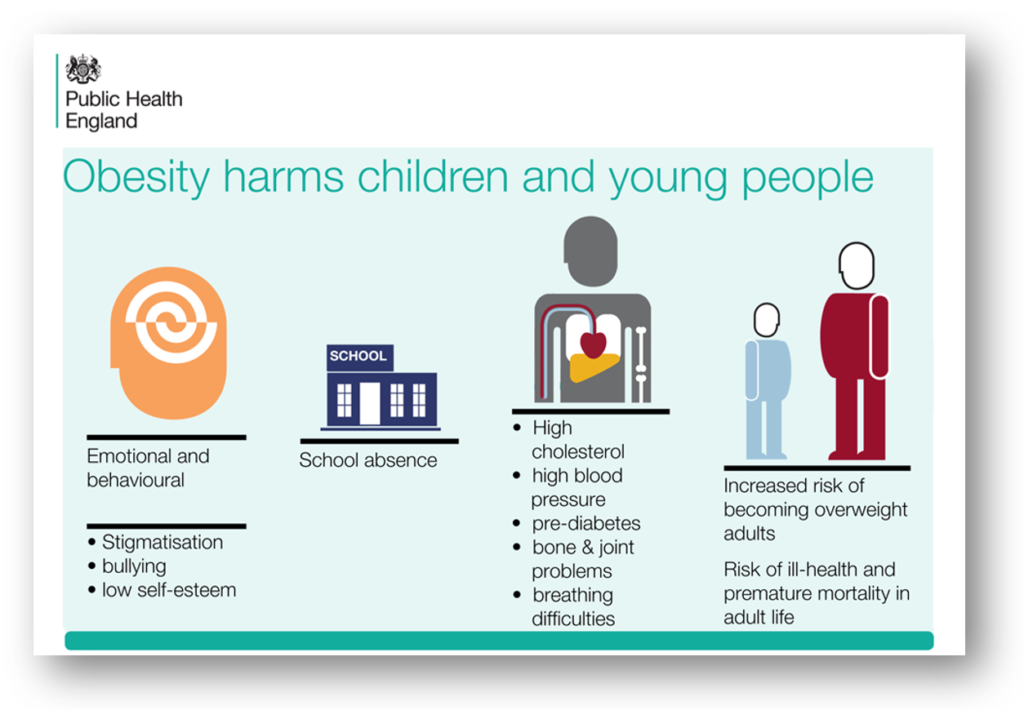This insight is more than 6 months old...
Please note that this insight was first published in September 2019, and therefore whilst the subject matter is still relevant, it may not represent the most up to date information or use of language in this area.
Why do I need to know about childhood obesity? (in 60 seconds)
Obesity in children is on the increase with 20% of children starting primary school either overweight or obese and a third of children leaving primary school either overweight or obese. Whilst in a lot of cases there is a need for health professionals to take the lead, there are occasions when childhood obesity can become a safeguarding matter. This however leads to the question as to what are the indicators that would make it a safeguarding issue?
Obesity is an emotive issue and can lead to division amongst staff as to whether schools and the state have a role to play when a child is overweight or obese. As an area that has little research available, a natural position to take may be to say it is not an issue. This insight looks at a Serious Case Review where the child died because of medical issues related to their obesity, and a model that we can use to determine whether there is a need for safeguarding intervention.
Introduction
The implications of childhood obesity have been recognised for a number of years, with this leading to the government developing a plan for action. Some of the actions within the plan will be familiar to all of us, for example the introduction of a sugar tax (or Soft Drinks Industry Levy) in April 2018, a general push to reduce the amount of sugar in foods and active advertising of the Change4life campaign. For many public sector settings there has also been a push to make healthier options available, with schools being either mandated or expected to comply with certain standards.
The reason for this is clearly shown through statistics. A House of Commons Library report (August 2019) identifies that:
- 9.5% of reception age children (age 4-5) are obese, whilst a further 12.8% are overweight
- 20.1% of 10-11 year olds (Year 6) are obese and a further 14.2% are overweight.
This translates to potentially two children in every reception class being obese with a further 3 being overweight, and 6 children in every Year 6 class being obese and a further 4 being overweight. The government illustrate that this then translates into adulthood with “58% of women of childbearing age (16-44 years) being either overweight or obese in 2014” (Childhood obesity: applying All Our Health, 2019). Therefore, whilst the statistics relate to primary school children, it is clear that this is an issue that affects children of all ages.
The House of Commons Library report (2019) identifies a clear link between deprivation and obesity, stating:
Children living in deprived areas are substantially more likely to be obese. Among reception (age 4-5) children, 6.4% of those in the least deprived areas are obese compared with 12.4% of those in the most deprived areas. In Year 6 (age 10-11), 13.3% of children in the least deprived areas are obese, compared with 26.7% in the most deprived areas. So in both age groups, children in the most deprived areas are approximately twice as likely to be obese. Rates of severely obese children are around three times higher in the most deprived areas.
Whilst there are those who suggest that one of the main instruments for measuring obesity, Body Mass Index, is flawed and not culturally reflective, there is still a significant issue that needs to be addressed (Huffington Post, 2020).
The impact of obesity is widely known as well, with many of the issues being summarised in a Public Health England infographic.

We're sorry ...
This is part of our safeguarding insights section. Our aim is to provide subscribers with a broader understanding of a specific topic through a researched and referenced article that contributes towards professional development and ensures that staff can be supported accordingly.
Want to find out more about subscribing to Safeguarding Network? Click the button below.

